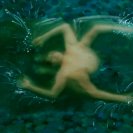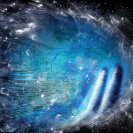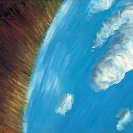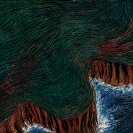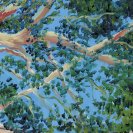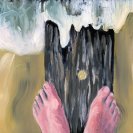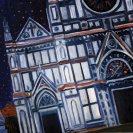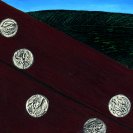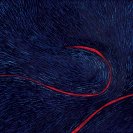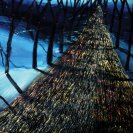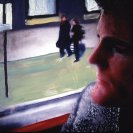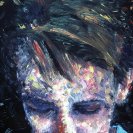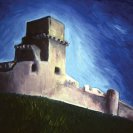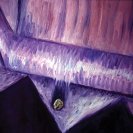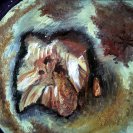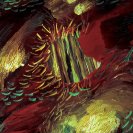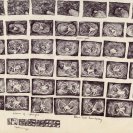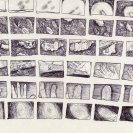Artist Statement
"The Comet is a metaphorical image - symbolising the cycle of life, which links together and instigates a series of four dream sequences. Created over a period of three years this film uses a recurring dream as a vehicle for examining and analysing the various ways in which we interpret and evaluate the patterns of our lives and the world. The four functions identified in this piece are thinking, feeling, sensation and intuition. Each function allows us to experience a different reality and presents us with different interpretations of the same objects and events. How I made it In 1988 I began research and applied for funding to the Australia Council for the Arts to develop a new experimental work entitled Living on the Comet. I was interested in further exploring the non-linear narrative of dreams, using painting as a gelling medium to enact this narrative through animation. I also wanted to experiment with timing, structure, rhythm, and sound. Like many of my previous animations, Living on the Comet grew out of a series of paintings, photographs, super-8 films, and concepts I had been working on while living and studying in Europe in the mid- 1980s. I wanted to employ universal symbols depicted in churches in Europe that also cut across Aboriginal cultures and relate to basic human genetic encoding, such as the speaking hand or gesticulation, as symbols and techniques. To develop the film’s structure, I decided to use the symbol of the comet as a recurring metaphor or vehicle for examining and analyzing the various ways in which we interpret and evaluate the patterns of our lives and the world. I also chose the Jungian psychological categories of thinking, feeling, sensation, and intuition as a way of defining and ordering the film’s structure. Each function allows one to experience a different reality and presents one with concurrent--and sometimes divergent--interp- retations of the same objects and events. Using Jung’s categories gave me a way of separating and locating the film’s imagery, sound, and words, and allowed me to refine the technical approach to each section. As with all my work, I created an image-movement first, and from this I was able to construct the timing and soundtrack. Living on the Comet was the first animation where I used spatial Dolby stereo sound to enhance the theme, symbols, and rhythm of each dream sequence. In this work, it was very important for me to define a different space for each category; aside from the visual animation, sound was the strongest component to communicate this. Initially, I received development funding from the Australia Council to create Living on the Comet and in 1990 Film Australia took up the project and I worked for the next two years under National Interest program to create the film. For the entire animation I created and painted a total of 6,047 images of various dimension and layers. Living on the Comet taught me an enormous amount about the potential for experimentation with structure and sound. On a practical level, it refined and developed my skills as an artist, production manager and producer as I was really responsible for everything re- gardless of Film Australia’s sponsorship. I have been able to bring these experiences and actual artwork to my classes at USC and often use Living on the Comet as a way to teach non-linear structure, production scheduling, and sound design. Living on the Comet was screened internationally at Hiroshima, Anima Mundi, and Pesaro International Animation Festivals. It won third prize at the New York Expo of Short Film & Video in 1994 and has been distributed worldwide by Film Australia."
Living on the COMET was created by Kathy Smith during her 3yr residency at Film Australia 1990 -1993 and was completed on 35mm film. She wrote, created and developed the sound and image movement under a project grant from the Visual Arts Board of the Australia Council prior to Film Australia's sponsorship Film Australia distributes this work only all other films are available from the artist.
